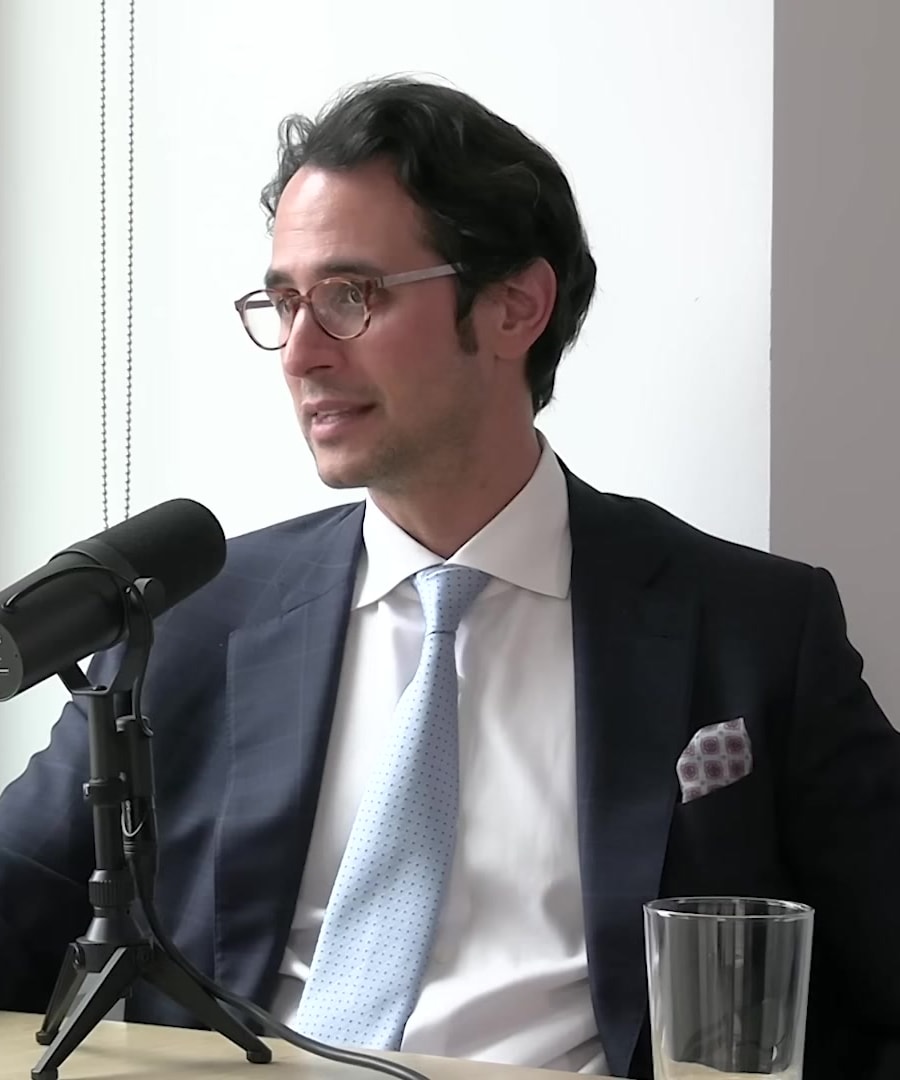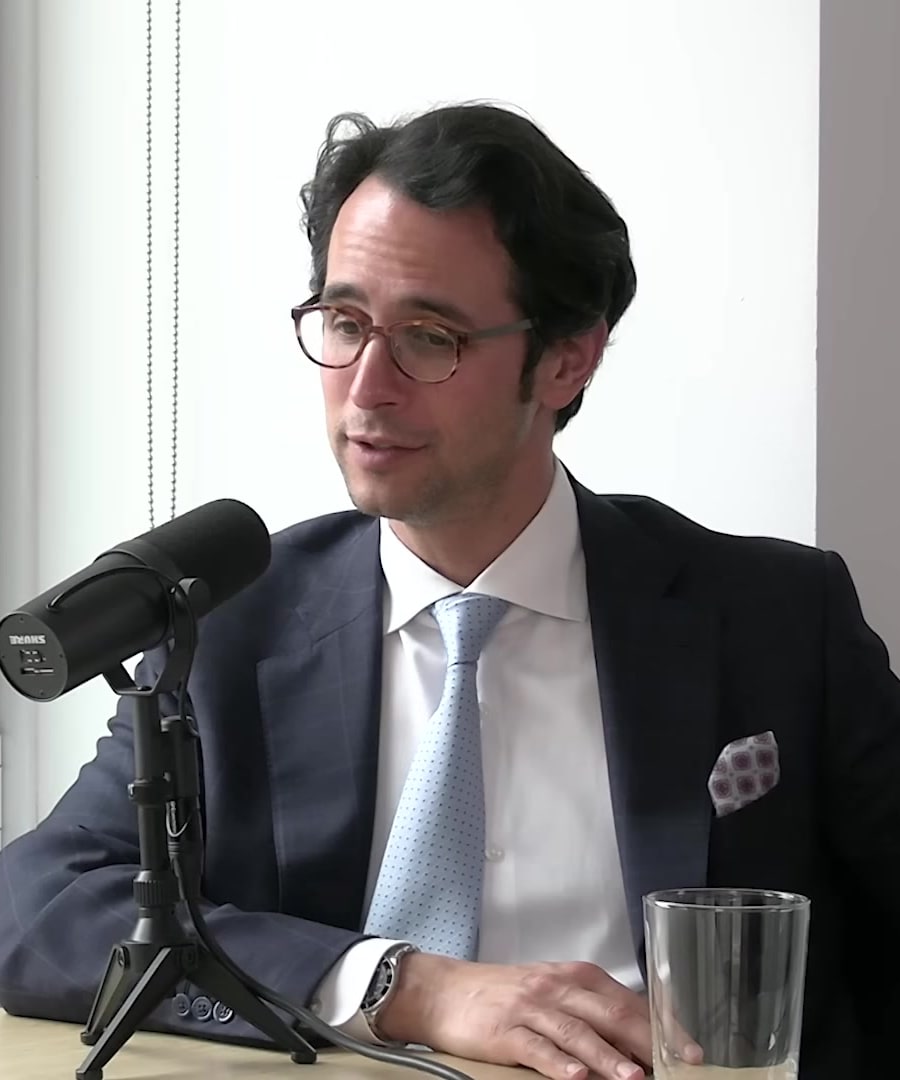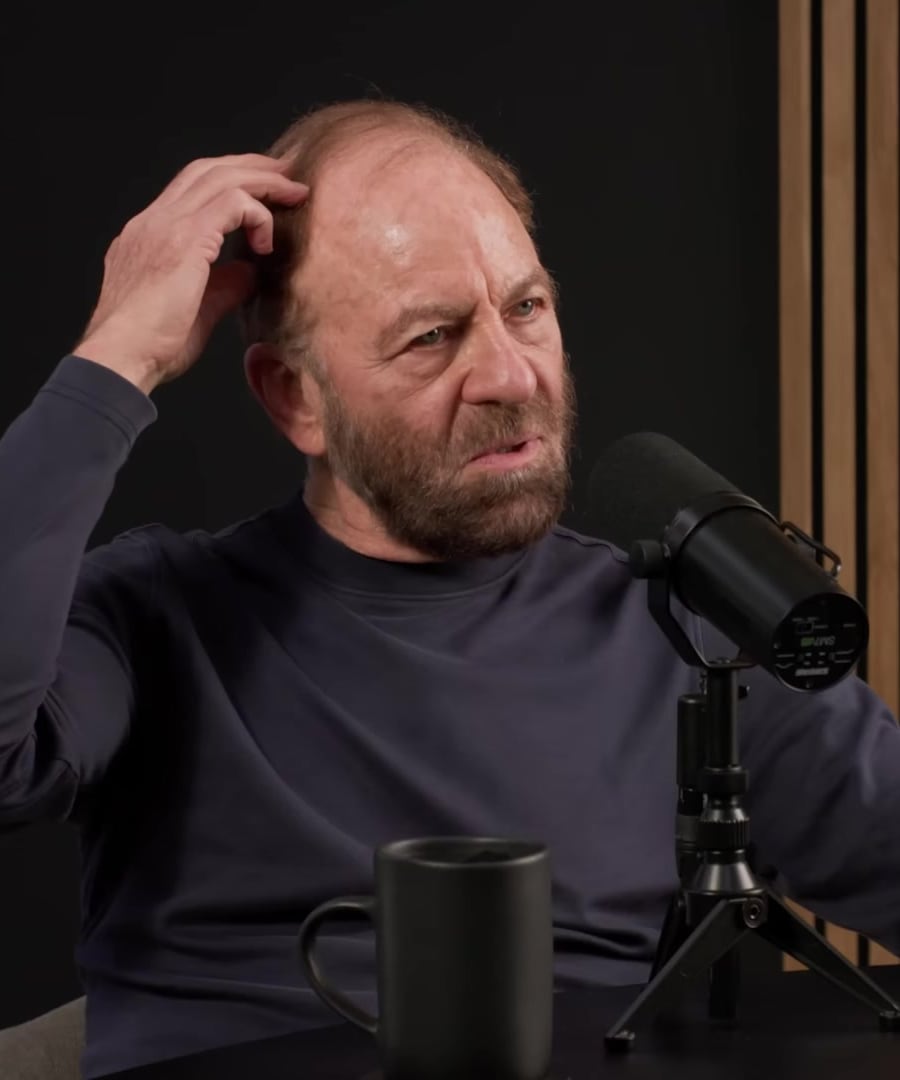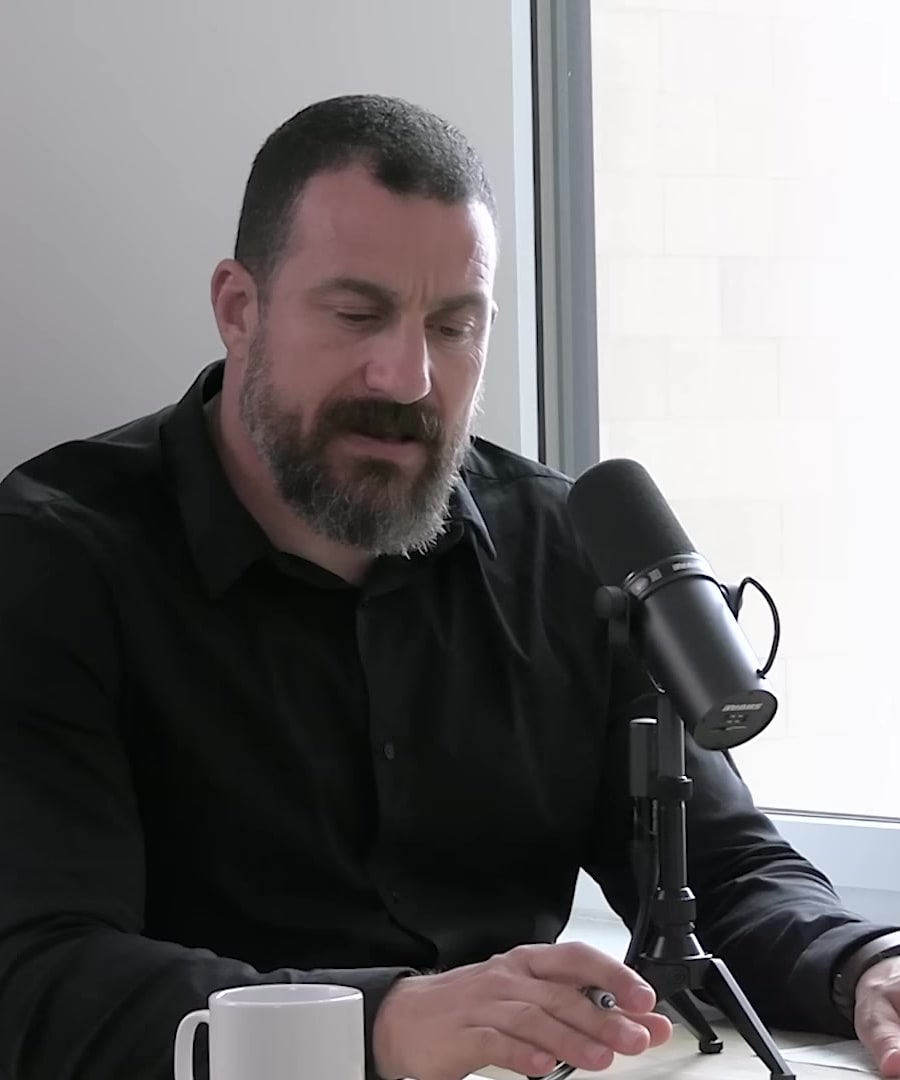Non-Invasive
Sources:
Non-invasive approaches to brain stimulation and treatment are being explored and hold great promise. Here are several insights from and his discussions with experts:
-
Transcranial Magnetic Stimulation (TMS): TMS is FDA-approved for treating depression, OCD, and nicotine addiction. It involves placing a coil on the scalp, over different parts of the frontal lobe depending on the condition being treated. Though TMS targets are primarily superficial structures, connecting with deeper brain structures is being explored. TMS's precision and effectiveness in deep brain stimulation remain areas for improvement 1 2.
-
Advancements in Imaging and Surgery: Techniques like stereoencephalography (SEEG) allow precise electrode placement within the brain for diagnosing and treating epilepsy. These approaches are expanding into mental health disorders like OCD and depression, aiming to develop consistent targets for treatments 3.
-
Phototherapy and Flickering Lights: Non-invasive phototherapy, which uses flickering lights at specific frequencies, is being researched for its potential to treat neurodegenerative conditions like Alzheimer's. While still in clinical trials, these methods use light to influence brain oscillations and may one day be used for enhancing focus or improving sleep transitions 4.
-
Minimally Invasive Techniques: Modern neurosurgery has made significant strides with minimally invasive methods like focused ultrasound, gamma knife, and fiber optics, reducing the need for traditional open-skull surgeries. These technologies allow for precise targeting and treatment without extensive damage or invasive procedures 5 6.
-
Barriers and Future Research: While non-invasive methods like TMS and ultrasound show promise, challenges remain, including the difficulty of targeting deep brain structures non-invasively and developing reliable, consistent treatments for conditions like eating disorders. Continued research is essential to improving these technologies and their precision 7 2.
Overall, these advancements highlight the potential and ongoing efforts to utilize non-invasive approaches for treating various brain conditions effectively.
RELATED QUESTIONS-






